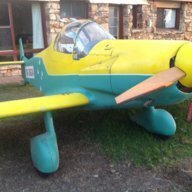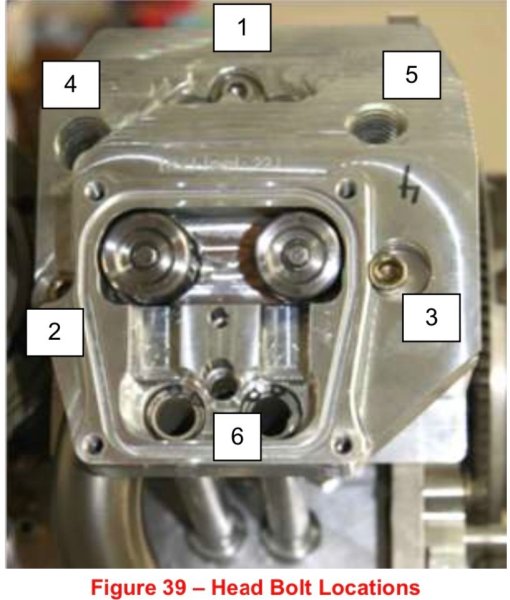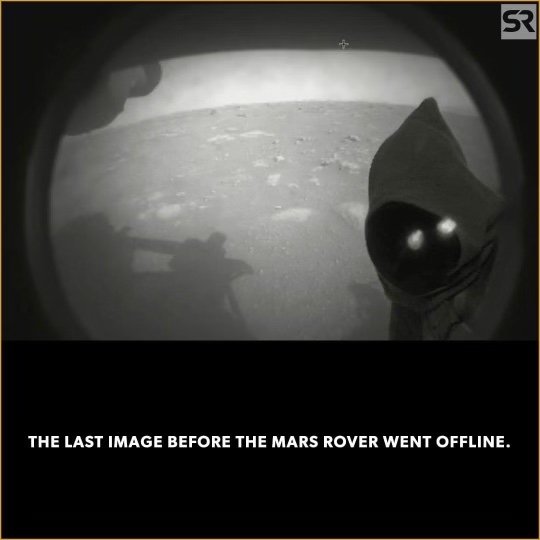-
Posts
6,226 -
Joined
-
Last visited
-
Days Won
55
Content Type
Profiles
Forums
Gallery
Downloads
Blogs
Events
Store
Aircraft
Resources
Tutorials
Articles
Classifieds
Movies
Books
Community Map
Quizzes
Posts posted by Old Koreelah
-
-
-
Copper cable is heavy. Aluminium cable is an excellent conductor and light, but can it be “soldered”? How do you avoid corrosion issues where aluminium is joined to copper?
-
 1
1
-
-
8 hours ago, RFguy said:
I mean WHICH screws out of the 6 moved ?
I cant beleive that is Jabiru's advice as it is bollocks in IMO if that is so.Problem is dynamic version static friction influencing torque. Hence the reason to back them off to they are moving when you are measuring torque. Otherwise resultant tension could be out by perhaps 2:1... as you are overcoming static friction, corrosion etc etc lots of errors.
Thanks for your feedback Glen.
On Head 1, Number 6 moved c.30 degrees.
On Head 2, bolt 2 moved 10 degrees, 3 moved 20 degrees and 6 moved 30 degrees.
On Head 3 no bolts moved.
On Head 4, 2 moved 20, 3 moved 10 and 6 moved 35 degrees.
Thus, mostly the bottom bolt, not the top three. Perhaps because the bottom of the head gets less cooling air and therefore hotter and more likely to soften?
Inside my tappet covers is not as shiny as it was at 100hrs. Since then, CHTs have exceeded 160 a couple of times (but none have ever approached the 180C often quoted as max.)Testing with two other instruments have convinced me the CHT readings are within 10 degrees of true.
What you say about backing offhead bolts makes more sense to me than the factory advice; being a 19-reg homebuilt, I have cast a wide net for maintenance ideas. Despite not having always complied with some of the factory’s earlier suggestions, the engine has given years of trouble-free service.-
 1
1
-
-
Glen I read somewhere recently that Jabiru advise to NOT back off the headbolts before torquing them up. Based on that, I just put the recommended torque on a long Allen key, via a pipe mounted over it and a recently calibrated spring balance pulling at the appropriate distance along that.
Which bolts? The six Allen bolts on each head, including the one hidden under the plug in the rocker box.
-
 1
1
-
-
I’m just doing some maintenance on my Jab 2.2 engine. It’s SN 3178, hydraulic tappets and has been reliable for 15 years.
Done less than 300hrs in that time, so lots of sitting idle.
Head bolts torques all okey, except 6 of the 24 needed to be turned 10-30 degrees. All valve springs still have at least 300 micron clearance when fully compressed.
Leakdowns all 73/80 or better, with most of the air getting past rings. (When the heads were off at c.200hrs, the bores showed some glazing.)
When removing distributor covers, I discovered three of the retaining cap screws were loose, the fourth missing!
Something I never checked. Why didn’t Jabiru use retaining clips like everyone else?-
 1
1
-
 1
1
-
-
-
I intend to remove the suction cup and mount the twist-on mount directly.
Had too many suction cups lose their grip.-
 1
1
-
 1
1
-
-
Trailer they were “110” on the O ring board at our local Engineering shop.
14.45 OD, 9.35 ID, 2.5 thickness- my amateur reading of the vernier.
I have an assortment of O rings, but cannot be sure of their quality or suitability for fuel, so went to town to get what I hope are proper ones.Just pulled out the old fuel lines, which are marked SAE 30R7.
Replacing them with SUNFLEX ROFL050 fuel line SAE J1527 6mm.
This hose claims to cope with 100C continuous service.
-
 1
1
-
 1
1
-
-
A vanished species!
-
Give generously, it’s a good cause!
-
On 10/4/2023 at 3:48 PM, RFguy said:
My J230 fuel drains leaked... (changed O rings- and dont forget the header tank drain O ring) . Not fast enough to make a difference but eventually they would have…
My Jodel has Jabiru tank fittings. Even though the old O rings look okey, today I bought new ones. Each O ring cost 11 cents.
The new fuel line cost $12 dollars.
This little baby is starting to cost me real money!-
 2
2
-
 3
3
-
 1
1
-
-
That sounds like a pretty complex way to test if it works. Surely it’s much easier and more intructive to use real-world testing?
-
I guess the best way to find out is try it. Next time our club has people flying about, make a few test-transmissions to aircraft directly ahead, at distance,and get their feedback.
Thanks for the helpful advice.
-
Can’t do much about the engine, which, I presume, also cuts the “view” of my radio aerial.
-
Don’t trust suction cups, especially on curved windows. I can screw its twist-on mount to the plywood just under my RHS window, near my shoulder. This gives a good view of sky above. I presume signals aren’t much affected by acrylic canopy, polycarbonate screen and plywood fuselage?
-
Maybe a silly question, but does anyone know if the transmissions from the SkyEcho2 are directional?
I have nowhere on my panel to put this little unit, so intend to mount it on the side, near my shoulder.
That means it’s side-on to oncoming traffic. Is that an issue?
-
39 minutes ago, jackc said:
I have been described as a nut case by people all my life because I am adventure driven BUT I am still alive 🙂
Thinking back…….it probably started when I got expelled from a private boarding school, they said there NO hope for me…..Wanchors!!
How many of your risk-averse peers have you outlived?
Quite a few of mine succombed to that greater risk: not enough physical activity to burn off what they were drinking and eating.
-
 1
1
-
-
1 hour ago, jackc said:
Medicals need to be unworkably intense to catch many impending Medical events. Still, there can never be 100% success.But our regulators are too fcking dumb to see the woods for the trees. Nothing can ever be perfect……
I suspect that for road users and flyers, the biggest risk factor is not physical health but mental.
Is there a test to weed out those of us with faulty decision-making, let alone a dangerous attitude?-
 2
2
-
-
The fuel in my BRS rocket is a series of what look and feel like rubber washers. The whole thing weighs about a kg and it’s designed to lift about 5kg of harness and canopy.
It takes a couple of seconds to burn the lot. Not what I’d call economical flying.
-
 1
1
-
-
Since a Caravan is normally used for commercial work, and extra weight cuts into the payload.
A BRS big enough to carry one would be at least half the weight of one passenger.-
 1
1
-
-
i moulded the stick in my Jodel with epoxy filler to match my hand shape. Then I finished it wth material that commemorates two famiy members. The grip is wound with Kangaroo skin rawhide cut by my wife’s dad and the top of the stick has a knob made from rosewood, from a tree cut down in 1937, from which my dad made lots of things.
-
 2
2
-
-
3 minutes ago, pmccarthy said:
I was reading his biography but left it in a Qantas seat pocket…
I can’t think of a more appropriate place to leave it!
-
4 minutes ago, onetrack said:
Yeah, someone should tell that Santos-Dumont bloke, that he's flying that plane backwards!
That Brazilian was flying around in France long before the Wrights, but in dirigibles.
-
 1
1
-
-
Similar to the story from The Great War about pilots (many of whom were drawn from the cavalry) who insisted on wearing their spurs while flying.
-
 1
1
-








Anyone using automotive cable for their starter motors?
in Engines and Props
Posted
Thanks Danny. That’s the only downside I can see and it should be easily fixed if the aluminium conductors are sheathed and well fixed to stop the effects of vibration.
That Piper SB in Kiwi’s post seems to blame corrosion at junction points for the risk of fire, so that’s my main area of interest: the safest (and lightest) way to join fixed aluminium cables to flexible copper ones.